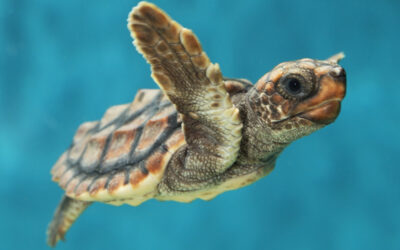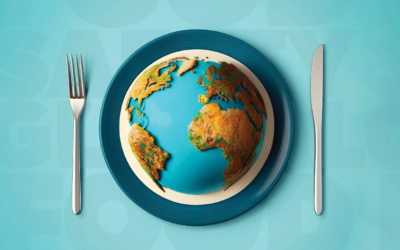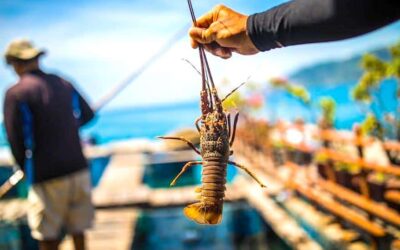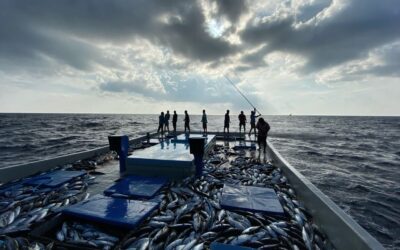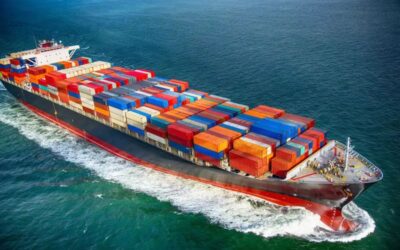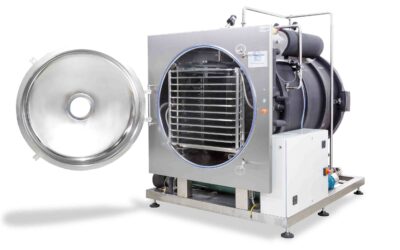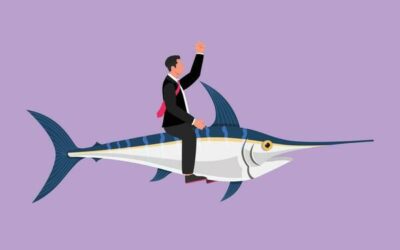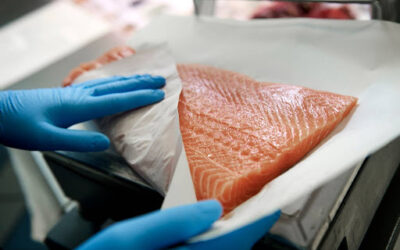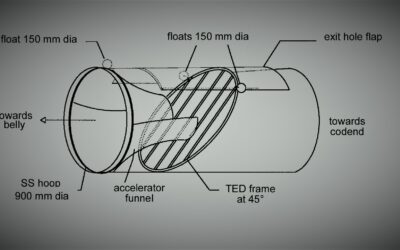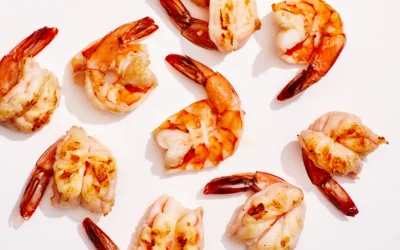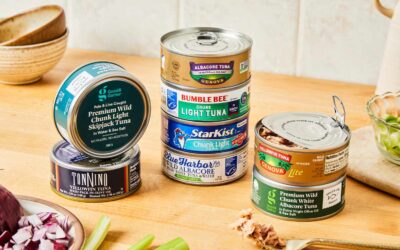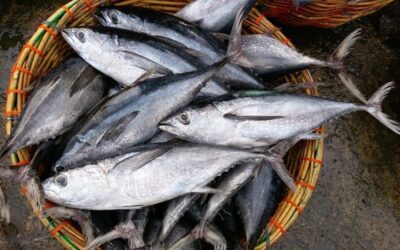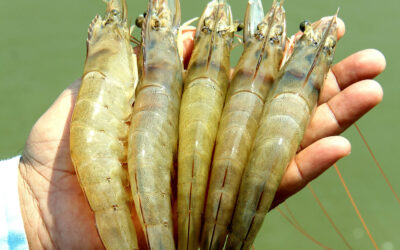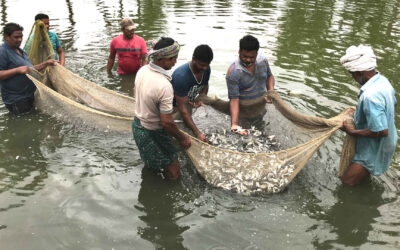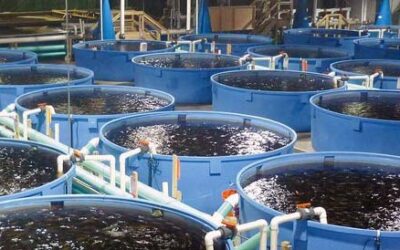OUR PUBLICATIONS
Oman’s Turtle Conservation Crusade – “Be a Turtle Commando”
Abhishek Saha Senior Quality Controller at Gulf Seafood LLC in Dubai. Introduction Sea turtles are remarkable marine reptiles with streamlined bodies and large flippers, perfectly adapted to the oceanic environment. They play an integral role in maintaining...
Traceability for Safe Seafood – Relevance of Residue and Contaminant Analysis
Roopak Subramanian Technical Officer (QC) at MPEDA QC Laboratory, Kochi Introduction Residue traceability involves tracking a contaminated food product back through the supply chain to its origin. This includes identifying the farm where the product was sourced...
Environmental Pathogen Monitoring Program in Food Manufacturing
Ms. Greena Tino Operations Manager and Lead Tutor, Aspire Training Research Consulting Introduction The production of safe and high-quality food products requires meticulous attention to hygiene and sanitation throughout the manufacturing process. Environmental...
An insight into Batter mixes – the mainstay of breading
Ajit Pillai Former General Manager of Al Kabeer Group unit at UAE Introduction The ‘Battre’ is a French word that translates to beat. It is commonly classified as drop-batter, pour-batter and coating-batter. Modern batter mixes are a replacement to mother’s...
Organic Aquaculture: The Concept & Environmental Benefits
Dr. Sini Joys Mathew Scientist and Consultant – International Food Regulations Introduction The organic agriculture is an agriculture production system that combines tradition, innovation and science to sustain the health of air, soil, water, ecosystems and...
Trawl fisheries and greenhouse gas emission: environmental impact and mitigation measures
Dr. Latha Shenoy Retired Principal Scientist, Central Institute of Fisheries Education, Mumbai Introduction Fishing, dependent on fossil fuels is considered as one of the most energy-intensive food production methods. However, emissions due to fishing received...
Institutional Finance for Entrepreneurship in Fisheries
K G Ranjit Kumar General Manager, Farm Sector Development & Climate Change, Corporate office NABARD, Mumbai Introduction The Indian financial system consists of banking institutions like Commercial banks (public sector and private), Regional rural banks,...
Entrepreneurship in Seafood Industry
Jacob J Taliat Managing Director, Seafresh Exports Ltd, Kochi Introduction The entrepreneurs in the Seafood industry in the early 1980s with some exceptions were mostly individuals who scaled up from traders of seafood products, peeling-shed operators, agents...
Emerging standards and certification schemes in global food safety management systems
Rema Sunil Managing Director Safehand Foodtech Consultants, Dubai, United Arab Emirates Introduction The Global Food Safety Initiative (GFSI) is a non-profit association of industry experts committed to improving food safety along the value chain. Its major...
Spiny Lobster Culture Using Sea Cage
Dr K.N. Saleela Vizhinjam Regional Centre of CMFRI (ICAR) Introduction Mariculture is a branch of aquaculture involving the cultivation of marine plants and animals in the sea or any other natural water bodies having tidal influence such as onshore facilities...
A path towards sustainable fishery: an outline of Marine Stewardship Council (MSC) Certification
Dr. Ranjit Suseelan Consultant (INDIA), Marine Stewardship Council, 1-3 Snow Hill| London EC1A 2DH| United Kingdom Introduction The Marine Stewardship Council (MSC) is an international not-for-profit organization established to transform the way the oceans are...
Sun, Sand, Sea and Tuna- A Glimpse of the Maldivian Tuna Industry
C S Mohamed Business Development Manager (India), Ensis Fisheries Private Limited, Maldives Introduction The Maldives is an archipelago in the Indian Ocean, located south-west of the southern tip of India, the Minicoy Island. There are 26 atolls...
Regulations for exporting marine products
Jayapalan. G Chief Officer-in-charge of Export Inspection Agency, Chennai Introduction Globally, there was a drive towards shift from end-product sampling and inspection to the preventative Hazard Analysis Critical Control Point (HACCP)-based safety and quality...
Freeze drying of seafood: Fundamentals, opportunities and challenges
Laiju Lazar NPD & Business Development Manager Gulf Seafood LLC, Dubai - UAE Introduction Seafood industry provides employment opportunities to skilled, semi-skilled and unskilled labour force in India while earning valuable foreign exchange. Conventional...
Entrepreneurship avenues in fisheries post-harvest sector
Dr George Ninan Central Institute of Fisheries Technology, Cochin Introduction Fish and fisheries contribute substantially to local food consumption, livelihood, and export earnings of countries. The quantity of fish produced from different sectors has been...
Seafood safety management system
Sudip Mondal Retail Auditor (Food Safety), Global Food Safety Division. NSF. Kolkata Food safety, defense and fraud comprise the three elements of food safety management system. Food defense and fraud needs to be given due importance because of wide scale public...
CIFT-Turtle Excluder Device (TED): Development and regulatory aspects
Dr. Leela Edwin Central Institute of Fisheries Technology, Cochin CIFT Turtle excluder device (TED) installation in shrimp trawl nets intent to reduce the incidental catches and mortality of sea turtles of India. Sea turtles play a significant role in...
Global trade of Shrimp value-added products and scope for India
Oindrayan Mukherjee Sr. Manager, Procurement and Supply-chain, IFB Agro Industries Ltd Shrimp is one of the most common and popular types of seafood consumed worldwide. Global shrimp market reached a volume of 5.10 million tons in 2019 that is expected to...
Innovations in shrimp value addition: Focus on product knowledge
Ms Anita Vidyasagar Seafood /Food Safety Certifications Consultant Fish and shrimp in dried form comprised the major items among export of marine products from India till the end of 1960. Although negligible quantities of frozen items were exported from 1953,...
Our Tuna, Our Wealth, Our Future: Lessons from the Pacific
Dr. Soni Maria Research Cnslt., Univ. of Wollongong, Australia Tuna plays a significant role in ocean ecosystems. They are one of the most important top predators in the food chain feeding on fishes, squid, shellfish and a variety of planktonic organisms. They...
An overview of Export of tuna products from India
Sri. T N Venugopalan Business Development Manager; Cochin Frozen Food Exports Pvt Ltd. History of targeted tuna fishing in India, its processing and export dates back to the year 2001. The trade in tuna-based product comprises mainly of two major species: Yellow...
Holistic Approach to Shrimp Farming
Sushil Kumar Singh Trainer India has made rapid strides in shrimp aquaculture mainly due to the introduction of the exotic species L. vannamei during the last decade. There has been a sevenfold increase in the estimated shrimp production in India that grew from...
Problems and prospects of Industrial Aquaculture in India: An overview
Krishna Kumar K. A. Trainer India has a long history of shrimp farming dating back several centuries. Traditionally the Pokali farms on the Kerala coast and Bherries in West Bengal were engaged in farming shrimp and fish. Scientific shrimp farming was...
Biofloc technology – new blue revolution technique in intensive culture of tilapia
Lakshmi Rajeev Lead Auditor of FSSC22000/QMS/FSMS/BRCGS - Regulatory and Compliance at GCQ Certification Introduction Fish in a pond assimilate only 15–30% of the nitrogen added in the feed, remainder being lost to the system as ammonia and organic N in feces...

